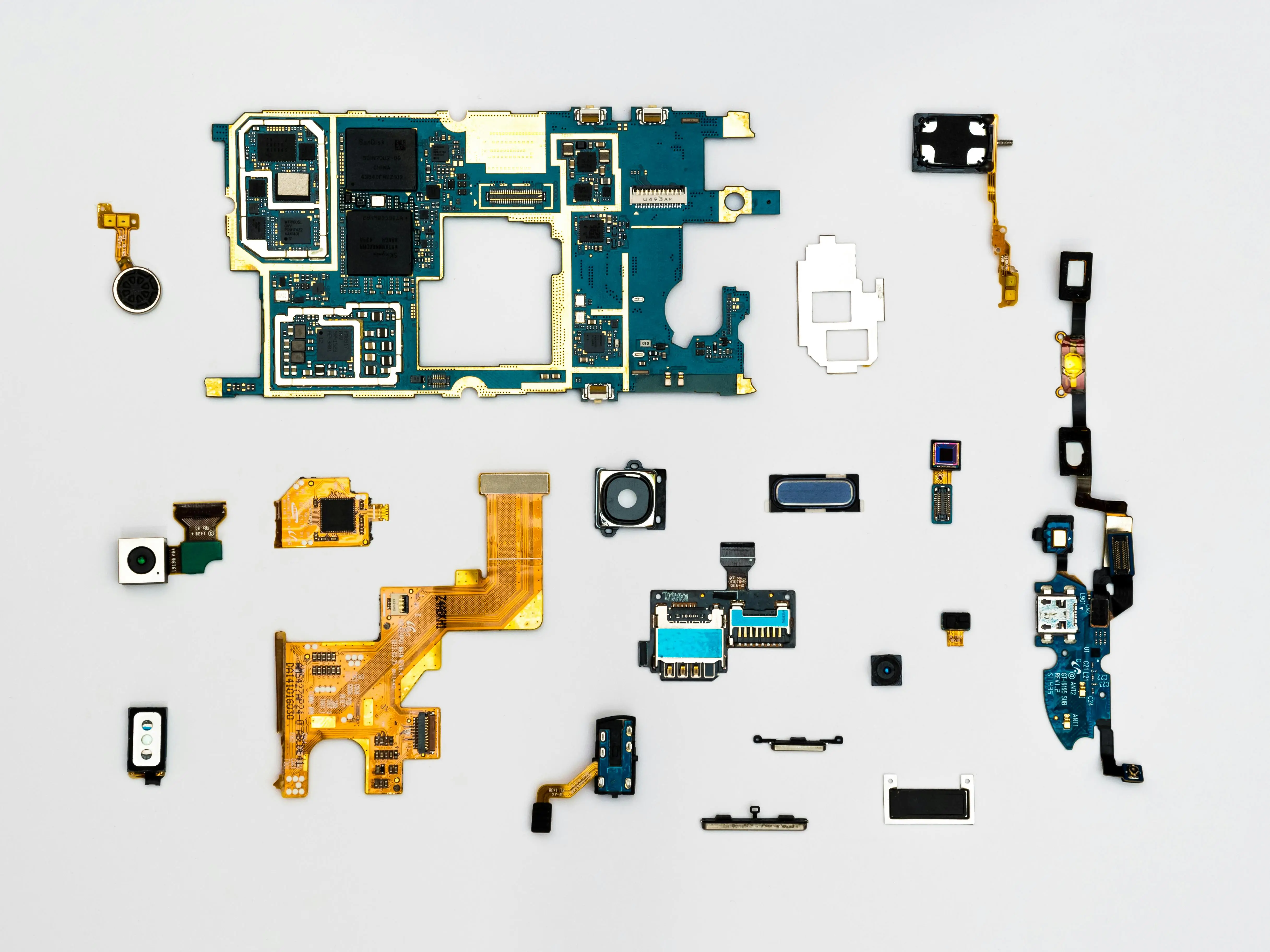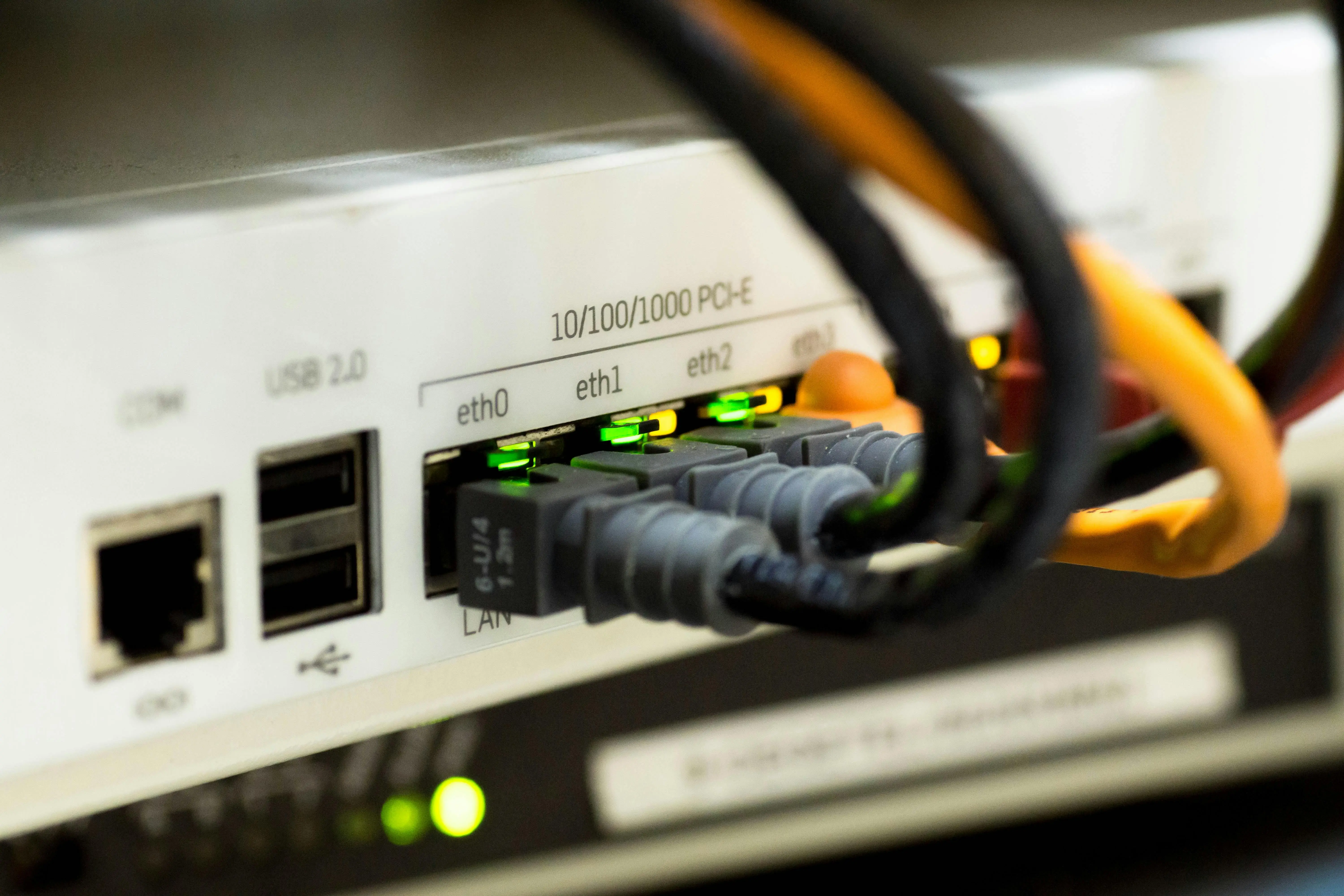Understanding IoT Security Challenges
With the proliferation of IoT devices in homes, businesses, and industries, ensuring the security of these interconnected networks is essential to protect sensitive data and maintain the integrity of systems. Despite the high demand, comprehensive guides and best practices for IoT security are still developing.

IoT security and its role

Key IoT Security Measures

Conclusion
By implementing comprehensive security measures and staying informed about emerging best practices, we can protect IoT networks from evolving threats and vulnerabilities. For further insights into how technology is reshaping various sectors, consider exploring topics like blockchain applications beyond cryptocurrency and cybersecurity for remote work.
Related Topics
AI-Powered Automation Tools for Small Businesses: Integrating AI with IoT devices can enhance automation capabilities, but also necessitates stringent security measures to protect against AI-specific threats.
Quantum Computing for Beginners: Quantum computing holds the potential to revolutionize encryption methods, which could significantly enhance IoT security.
5G Technology and Its Applications: The rollout of 5G technology will increase the connectivity and speed of IoT devices, highlighting the need for robust security measures to protect these faster networks.
Sustainable Tech Innovations IoT can drive sustainability initiatives, but ensuring the security of these systems is critical to their success.
Edge Computing vs. Cloud Computing: The choice between edge and cloud computing for IoT has significant security implications, with edge computing offering localized data processing that can reduce security risks.
Cybersecurity for Remote Work: As remote work becomes more prevalent, securing IoT devices used in home environments is essential for protecting sensitive work-related data.
Blockchain Beyond Cryptocurrency: Blockchain technology can enhance IoT security by providing decentralized and tamper-proof records of device interactions.
Augmented Reality (AR) in Education: IoT devices in educational settings, such as AR tools, require secure networks to protect student data and ensure safe learning environments.
Ethical AI and Bias Mitigation: Ensuring the ethical use of AI in IoT devices involves mitigating biases and ensuring that security measures are fair and transparent.
More Publications from technology
On-page vs Off-page SEO
Ultimate guide to AI-Powered Automation Tools for Small Businesses in 2024
Applications of Quantum Computing: Shaping the Future
5G Technology and Its Applications in 2024: Niche Industries Driving Innovation
Sustainable Tech Innovations: Paving the Way for a Greener Future
Edge Computing vs. Cloud Computing: Optimizing Data Processing
Cybersecurity for Remote Work: Protecting Your Remote Setup
Blockchain Beyond Cryptocurrency: Exploring Diverse Applications
Augmented Reality (AR) in Education: Unlocking New Learning Possibilities
Ethical AI and Bias mitigation: How to safely progress further on an AI field
Post Views

















Add New Comment
please login to add or edit your comment
login nowpost comments
no comments added yet!